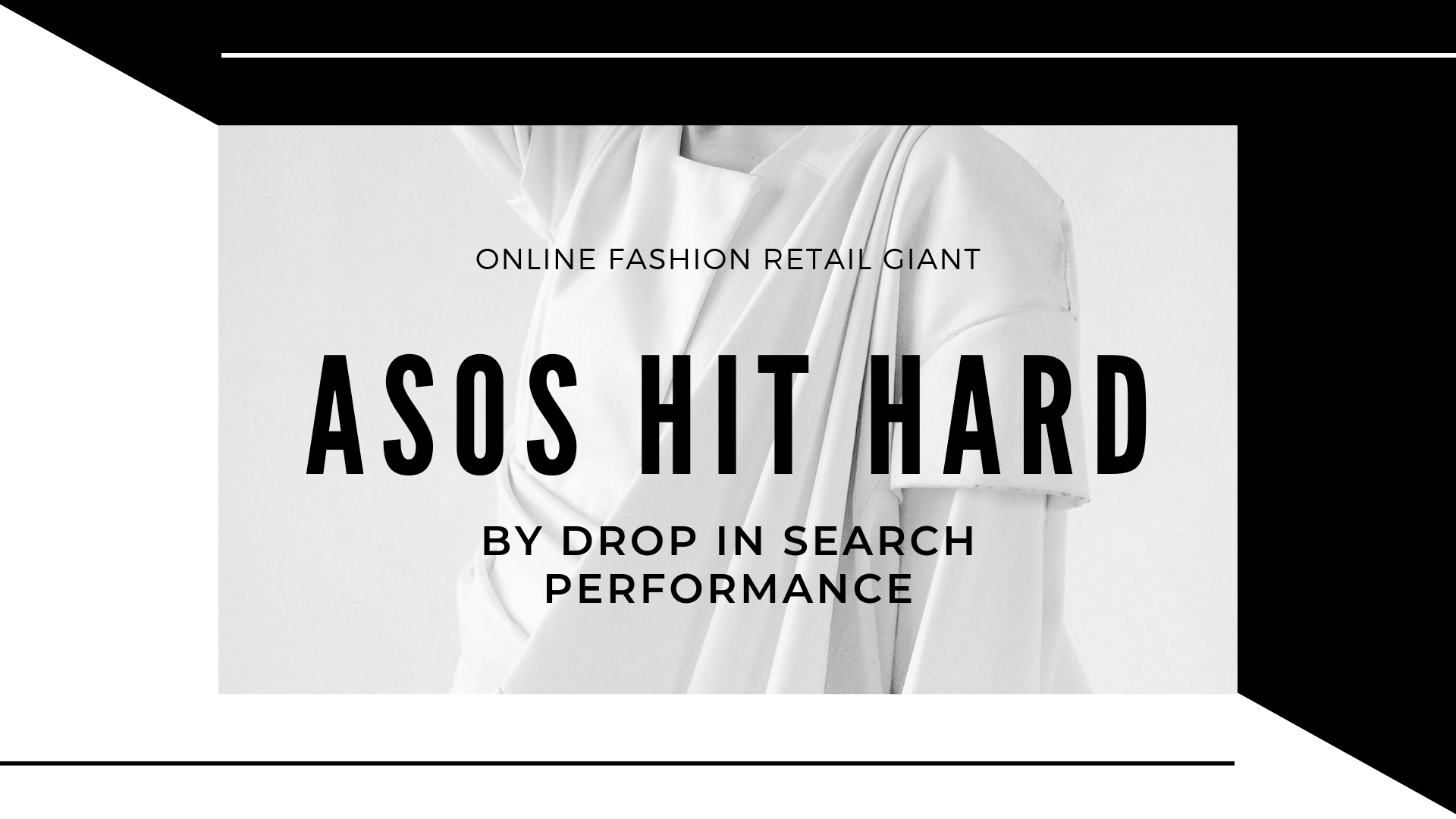
British online fashion and cosmetic retailer ASOS has paid the price for poor search engine performance, recording an 87% drop in their 6-month sales to February 28 from the same period a year prior.
While a number of factors contributed to the dramatic decline in ASOS’ profits, a digital marketing strategy that damaged the company’s search engine performance certainly played a major part. Could bad SEO really have caused such a massive drop in sales?
Fortunately, ASOS’ sales numbers have stabilised in the past few months, rising 14% from their low point at the end of February. However, they’ve got more yet to climb.
If your business is within the e-commerce sphere, the problems faced by ASOS provide a perfect learning opportunity on e-commerce SEO. Let’s take a look at what caused ASOS to stumble in the SERPs and how other e-commerce sites can effectively optimise.
What caused ASOS search rankings to plummet?
It’s no secret: versatility allows businesses to thrive in a global e-commerce market. With this in mind, ASOS decided to launch different versions of their websites for different countries where they wanted to compete. This effort was meant to provide a more localised experience for users around the world.
Ultimately, ASOS created more than 200 different versions of their website, which resulted in divided search engine queries and a whole bunch of duplicated content.
Additionally, ASOS made some changes to their home page and shopping navigation setup that altered user experience enough to frustrate regular shoppers. These changes, as well as failing to compete in the SERPs, undoubtedly contributed to the struggles ASOS has faced this year.
Optimisation for e-commerce websites
If your business involves online retail, SEO and web design are vital. Even if you have a small business, best SEO practices can have a major impact on the success of your company. Continue reading to discover some important factors to consider when optimising for e-commerce.
Include product descriptions
First up: product descriptions. Google needs text to index a page; it cannot always identify products by title alone. Always include detailed product descriptions for every page, regardless of how self-evident the item may be. Be sure to tactfully include keywords and provide sufficient copy.
Use long-tail keywords
Meticulous keyword research pays off in SEO, and the multitude of individual product pages makes long-term keywords very important for e-commerce sites. Long-tail keywords are typically four or more words long and for product pages can include descriptors like colour or material.
Invite customer reviews
Positive customer reviews are a great way to build trust with search engine crawlers, so invite users to generate free, relevant content for your site. Customer reviews are great for UX as well, as potential customers often read reviews before making a purchase.
Become the next New Zealand E-commerce success
The struggles faced by ASOS only serve to reinforce the importance of quality search engine optimisation for all online businesses. Pure SEO has helped countless New Zealand businesses drive higher online conversions with effective white-hat SEO practices. Read more from the Pure SEO Blog for the latest SEO news and contact Pure SEO today to take your online retail performance to the next level.

























